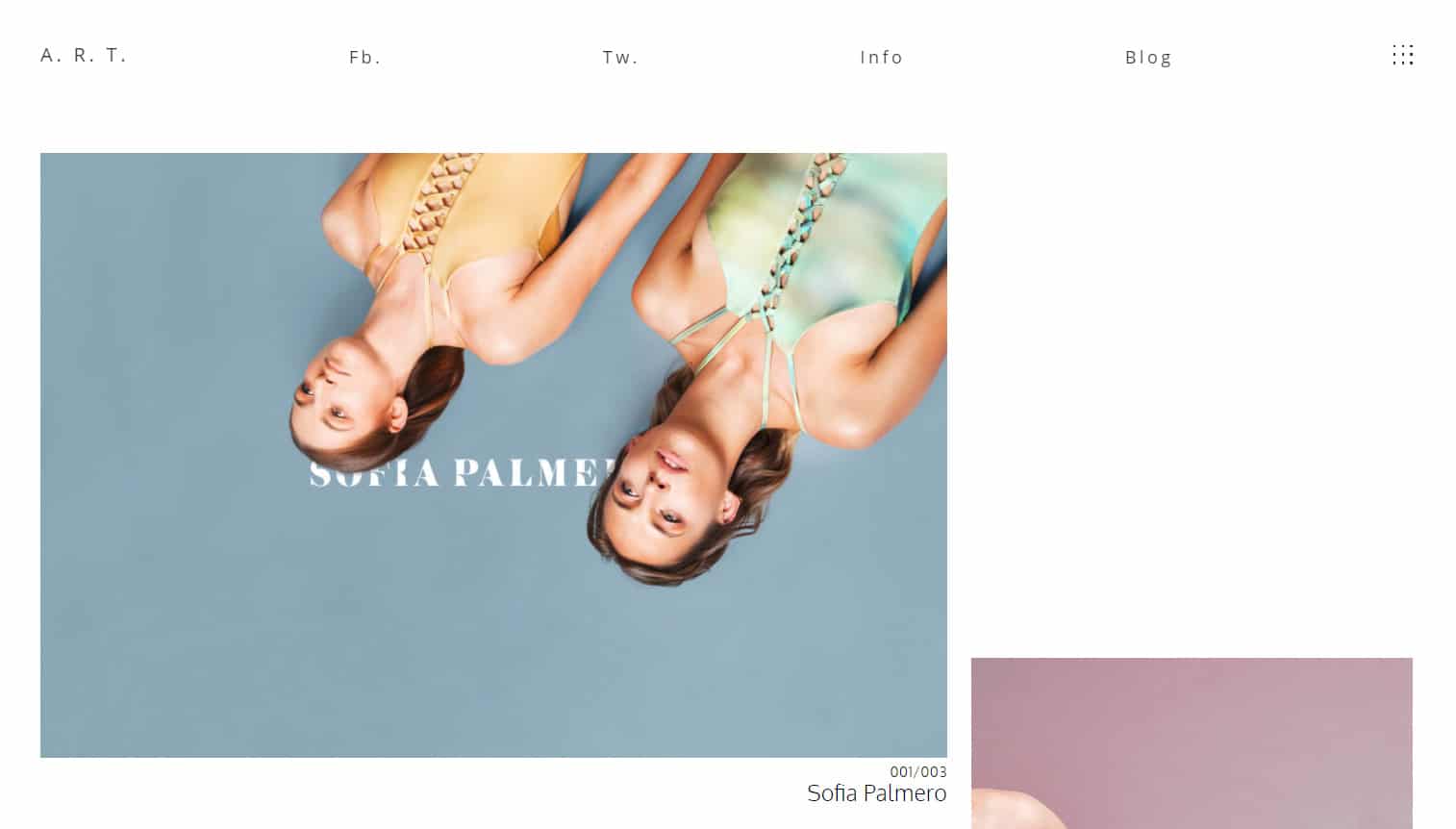The New Designer: Testing Design (part 7 of 8)


Note: This is part 7 in an 8 part series by design instructor and NoD author Dave Holston. To view Dave’s previous entries please click here.
Subjectivity is the curse of design, and designers. Fortunately there’s a valuable, but often overlooked phase in the design process that can remedy this situation – testing. Testing provides designers a chance to see which design solutions will potentially work best. Testing also provides a counter balance to one of the biggest traps designers face – selecting designs based solely on their aesthetic merit as opposed to what’s most effective. Testing challenges some deeply held beliefs of designers, who’ve been taught that “good looking design” is by its nature better for clients and their businesses. However, in some cases, the best-looking design is not always the most effective.
Scott Young, President of Perception Research Services, recalls a packaging project for a well-known sports drink. The design for the product was strong and generally accepted as being visually appealing and sophisticated. But there was a problem. The product was lagging on the shelves. The design did not successfully express important brand attributes like performance and intensity, nor did it visually differentiate the product from the competition. Even thought the design was well regarded and well crafted, it failed at the most important level – to help the product breakthrough the clutter of the shelf. After testing, the design was updated, and while the new design was not as visually stunning as the original design, sales increased.
Designers have a number of methods for testing design at their disposal. The following are two of the most popular approaches.
Monadic Testing: The monadic method of testing ideas is considered the most reliable way to find what designs are most effective in influencing audiences. Here’s how it works: First, a single design idea is shown to one audience. The audience are then asked to rate the design based on a set of criteria. By testing the design on its own, not only does the testing take on a real-life scenario, but designers are able to get an unbiased opinion from audiences about likes and dislikes. Seeing the design by itself helps an audience focus on the best individual design solution. Concurrently, other designs may be tested with other groups. After all tests are complete, including relative test responses, a determination can be made about which design best met the criteria.
Sequential Monadic: Sequential monadic methods are used as a cost-effective approach to design testing, providing both a monadic evaluation and a comparison evaluation. In this approach two options are shown to audiences, one after the other. The use of this method tends to cause some variance in scores. If the first option is very strong, this may cause the second one to rate poorly—significantly lower than if it had been scored on its own.
When testing their work, designers need to consider three critical factors.
Context: Designers need to think about the environment in which the designs will appear. If it’s packaging design, they need to consider the realities of the shelf on which the design will appear. Visibility and shop-ability is critical. How will the design break through the clutter? With one hundred products on the shelf, will the consumer be able to find what they are looking for?
Competitive Context: Designers need to think about their designs in relationship to the competition. Do the designs create a dimension that the brand owns? Is the company fun, inviting, innovative? Are these ideas coming across clearly?
Time: Most people merely glance at design, taking in only very basic information, like the brand name, the product name, the main visual, and possibly one claim. Designers need to ask themselves if their designs are working within those tight time constraints. Is the design getting one or two key points of differentiation across? Many times, clients want to jam as much information as they can into a design, with the expectation that their audience will take the time to read everything they write. But in most circumstances, most notably packaging, design must communicate quickly and clearly to be effective.
Through the testing of design solutions, designers create accountability for their work. In the final part of this series we’ll look at another way that designers can bring a strategic perspective to their work – through the early definition of the client organization’s goals, and then using those goals as a way to focus design activities.
 Dave Holston believes that design and strategy are inextricably linked. Working in online marketing, design management, and advertising Dave has helped Fortune 500 companies to start-ups build value through strategic use of design. Visit The-Strategic-Designer.com to learn about his approach to design.
Dave Holston believes that design and strategy are inextricably linked. Working in online marketing, design management, and advertising Dave has helped Fortune 500 companies to start-ups build value through strategic use of design. Visit The-Strategic-Designer.com to learn about his approach to design.







 Design Interview: Resistenza
Design Interview: Resistenza Minimalist Portfolio Themes for 2018
Minimalist Portfolio Themes for 2018 Free Font Friday: Objective
Free Font Friday: Objective